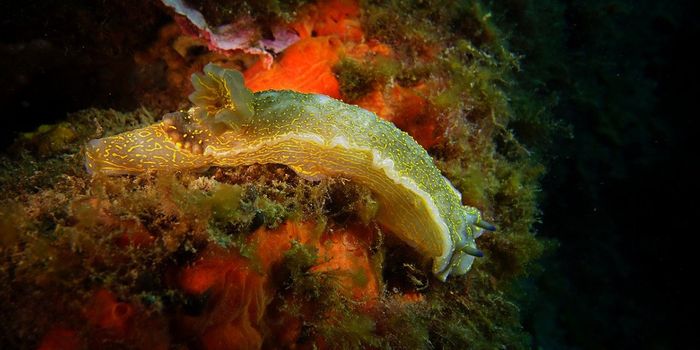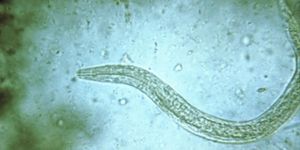It is possible to decaffeinate coffee in more than process. The first way was created by Ludwig Roselius in 1905 where he used benzene to remove caffeine from green coffee beans. However, a modern version of this process is more safe and effective. Another method is known as "water processing decaffeination". This process uses water as the solvent to remove caffeine from the green coffee beans. However, this method although natural doesn't always remove all the caffeine, typically 95% or less. The second method is known as the "direct solvent decaffeination method". Modern ways of this method utilizes methylene chloride (predominately in Europe), coffee oil, or ethyl acetate to dissolve the caffeine thus extracting it from the beans. The third and last approach to the decaffeination method is supercritical carbon dioxide method. This method is similar to direct solvent decaffeination except that for this particular approach, carbon dioxide is utilized as the solvent.








